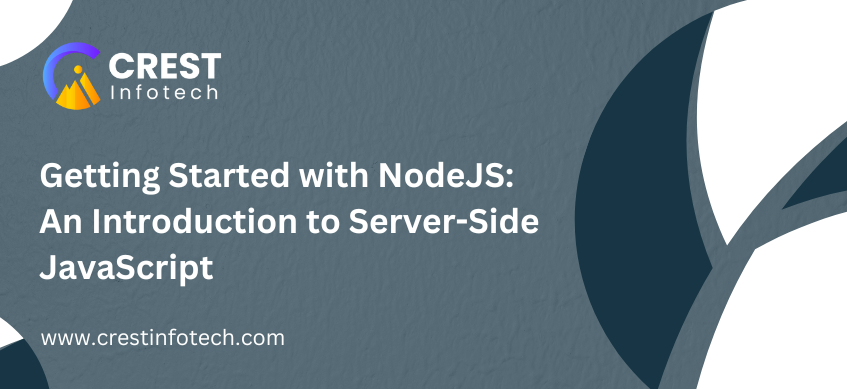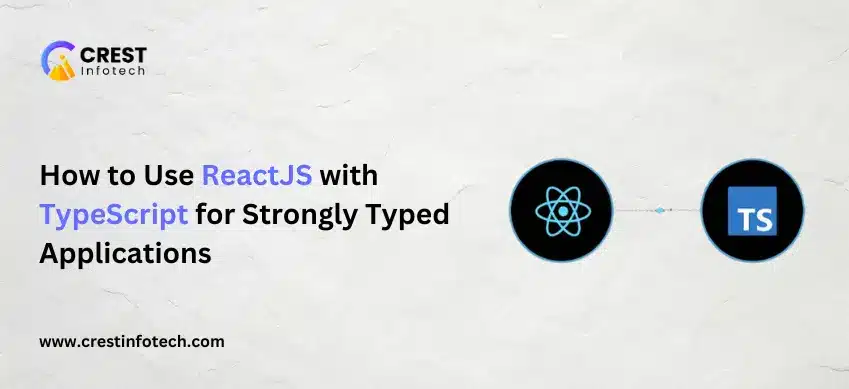JavaScript, once confined to the browser for client-side development, has now taken over server-side programming with Node.js. Introduced in 2009, Node.js revolutionized how developers build scalable and fast web applications by allowing JavaScript to run on the server. Whether you’re a seasoned JavaScript developer or someone exploring backend technologies, learning Node.js can significantly enhance your web development skills.
In this article, we’ll explore what Node.js is, how it works, and guide you through the steps of building your first server with Node.js.
What is Node.js?
Node.js is an open-source, cross-platform runtime environment that allows developers to execute JavaScript code outside of a web browser. Built on Chrome’s V8 JavaScript engine, it is optimized for building scalable and efficient applications.
Here are a few key points about Node.js:
- Asynchronous and Event-Driven: Node.js uses an event-driven, non-blocking I/O model that makes it lightweight and efficient, ideal for building applications that handle multiple concurrent connections.
- Single-Threaded: While Node.js operates on a single thread, it uses an event loop to manage asynchronous operations. This allows it to handle a large number of simultaneous connections without getting bogged down by waiting for tasks to complete.
- NPM (Node Package Manager): With Node.js, you get access to npm, the largest ecosystem of open-source libraries and modules that can be easily integrated into your project.
Why Use Node.js?
Node.js has become a popular choice for building web applications, and its benefits include:
- Fast Execution: Powered by the V8 engine, Node.js compiles JavaScript to machine code, resulting in faster execution.
- Scalable: Node.js’s non-blocking architecture allows it to handle many concurrent requests without requiring a large amount of memory.
- Full-Stack JavaScript: Developers can use JavaScript on both the front end and back end, reducing context switching and allowing code reuse.
- Active Community: With a large developer community and tons of libraries and tools available through npm, developers can quickly find solutions to common problems.
Setting Up Node.js
Before you can start writing your first Node.js application, you need to install Node.js and npm on your machine.
Installing Node.js
Head over to the official Node.js website and download the latest stable version. Node.js comes bundled with npm, so you’ll be able to manage packages right out of the box.
To verify that Node.js and npm are correctly installed, open your terminal and run the following commands:
node -v
npm -v
You should see the version numbers for Node.js and npm.
Creating Your First Node.js Application
Let’s dive into building a basic Node.js application. We’ll create a simple HTTP server that listens for requests and responds with a message.
1. Create a new file called greet.js in your project:
touch greet.js
2. Add the following code to greet.js:
function greet(name) {
return `Hello, ${name}!`;
}
module.exports = greet;
Here, we define a simple function greet that takes a name as an argument and returns a greeting message. We use module.exports to make the greet function available for use in other files.
3. In app.js, modify your code to import and use this module:
const http = require('http');
const greet = require('./greet');
const server = http.createServer((req, res) => {
res.statusCode = 200;
res.setHeader('Content-Type', 'text/plain');
res.end(greet('Node.js Developer'));
});
const PORT = 3000;
server.listen(PORT, () => {
console.log(`Server running at http://localhost:${PORT}/`);
});
4. Restart your server (Ctrl+C to stop and then node app.js to restart), and refresh your browser. This time, you should see “Hello, Node.js Developer!” in the response.



